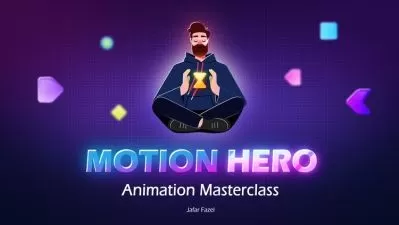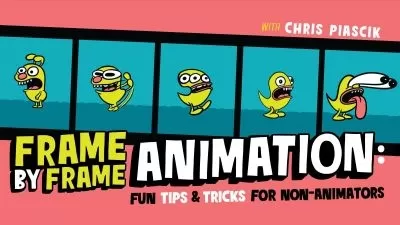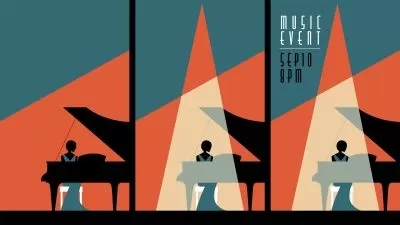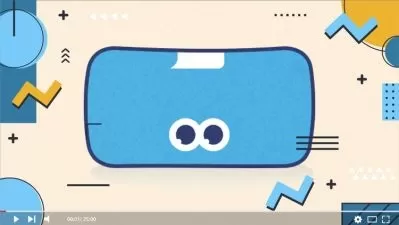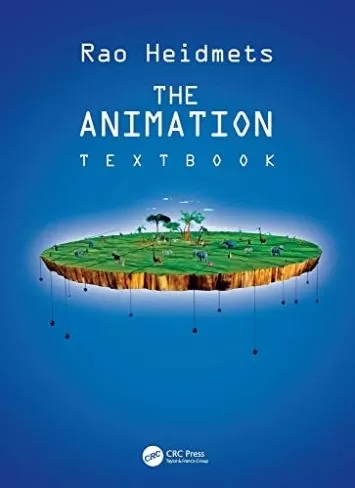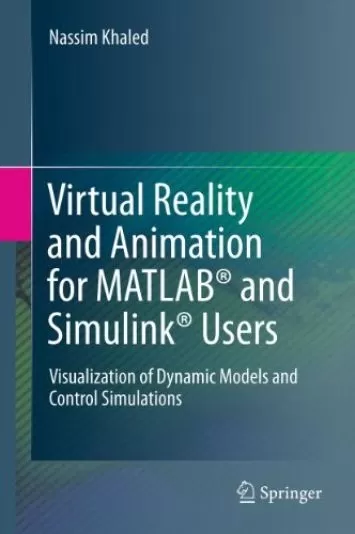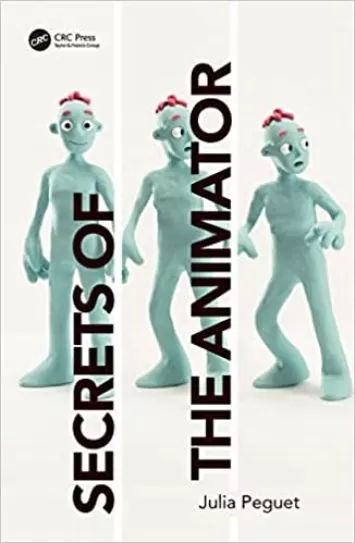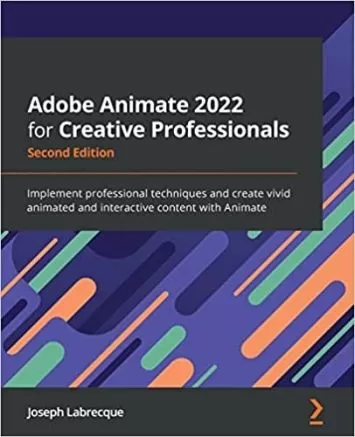About AnimationLearn More
Modern animation software and techniques are responsible for much more than just visually stunning video games and animated series. Learning solid animation skills also allows you to display data in engaging ways, and design user interaction for new mobile and web apps.
Sort by:
Sorting
The newest
Most visited
Course time
Subtitle
Filtering
Courses
Subtitle

SkillShare


Tamer Sarieddine
Motion Design Project Workflow: From script to final animation 1:58:11
English subtitles
02/14/2023
Subtitle

Udemy


3D Tudor
Blender 3D Model a Medieval Catapult Full Simulation Guide 13:09:43
English subtitles
01/18/2023
Subtitle

Udemy


Sime Bugarija
Complete Blender beginner workflow for Cinematic animation 5:00:53
English subtitles
11/21/2022
Subtitle

Udemy


Tobias Novak
PTC Creo Parametric - CAD Animation course, create video 1:06:12
English subtitles
11/20/2022
Subtitle

Udemy


Venkatesh B
Introduction to Cartoon Walk cycle Animation: Adobe Animate 2:03:28
English subtitles
11/16/2022
Subtitle

Udemy


Venkatesh B
Introduction to Cartoon Background Creation: Adobe Animate 1:39:38
English subtitles
11/16/2022
Books
Frequently asked questions about Animation
Animation is a simulation of movement using a series of static images, drawings, models, or even physical objects. When multiple images are presented in rapid succession, your brain interprets them as a single moving image. To create smooth motion, typically 24 consecutive images, or frames, are displayed each second. Today, most animated content is made with computer-generated images, or CGI, in which a computer program interpolates the movement between key poses. However, some animators still use hand-drawn images or stop-motion — the act of photographing an object each time you move it. While most people think of children’s cartoons for this, animation and CGI content exists in a wide range of media, including film, television, title sequences, video games, advertising, instructional content, user interfaces, visual effects, and more. Regardless of style or intent, animation is a dynamic approach to storytelling that brings emotion and life to your subject.
You can classify animation as traditional, 2D, 3D, motion graphics, or stop-motion. Early cartoons are good examples of traditional animation, which also fall under 2D animation. Each frame is hand-drawn using the previous frame as a guide. Today, 2D animation is based on vector graphics, allowing you to control movement by manipulating the vectors rather than redrawing the characters over and over. 3D animation is the most popular type of animation, but requires the most robust process: modeling characters in 3D software, rigging the models (a process that builds an underlying skeleton used to make the model move), positioning the model along key frames, and using software to render the movement between positions. Motion graphics combine digital graphics and text with other animation or live action, like title sequences. Stop-motion animation uses physical objects and adjusts their position slightly in each frame that, when shown sequentially, reveals movement.
To learn animation, you will need an understanding of the basic animation principles and workflow. Regardless of technique, the principles of animation cover core concepts like how objects move and act, how to stage the action clearly, how to time movements and ease action in and out, and how to communicate physical attributes (weight, volume, agility, even personality). Learning to follow a proper workflow is also important. This starts with how to develop a good story and write a script, followed by how to design the visual style, or concept art. Creating a storyboard – the most important step in your workflow – involves composing the scenes and camera direction. Next, you will learn how to build animation assets and how to animate them. Finally, learn how to bring your animation together through compositing, visual effects, color correction, video editing, and sound design. While learning animation is an ambitious goal, the proper instruction can make it fun and rewarding.
For artists working in cell animation, traditional craft tools are used: pencils, paper, paints, erasers, lightboxes, and a camera to capture each drawn frame. Whether 2D or 3D, computer animation employs a computer powerful enough to do the job, meaning plenty of RAM for quick rendering and powerful graphics cards. A digital stylus and tablet are needed to substitute for paper, pencils, and coloring tools. The software includes Blender, Angular, and After Effects, which Adobe offers in its Creative Cloud. Cinema 4D is a widely used 3D animation program that spans from beginner to professional level projects. When working in stop motion animation, a good camera and light kit is the place to start; lighting is especially important in this technique. Models and objects must be engineered to move the way you want them to. And you can either create the environments your objects move against or shoot against a green screen to add your environments in post-production.
Animation professionals are in high demand in several industries. At the top, blockbuster movies employ literally hundreds or even thousands of animation professionals for a feature film. Similarly, video game development requires an army of animators to create its magic, making it another in-demand animation field. Animated films and television are also wide open for artists who have the skills. The advertising industry is full of animation opportunities, as are web design and internet content. Mobile apps seek animation professionals to execute core functionality for their products. Science and educational verticals use sophisticated animation techniques. There’s heavy demand for 3D work in architecture and medicine. Basic commerce interfaces in virtual and POP environments require professional animators to create effective experiences for consumers. Whether you’re looking at working for a big corporation or freelance to indie businesses, opportunities in animation expand year after year.






